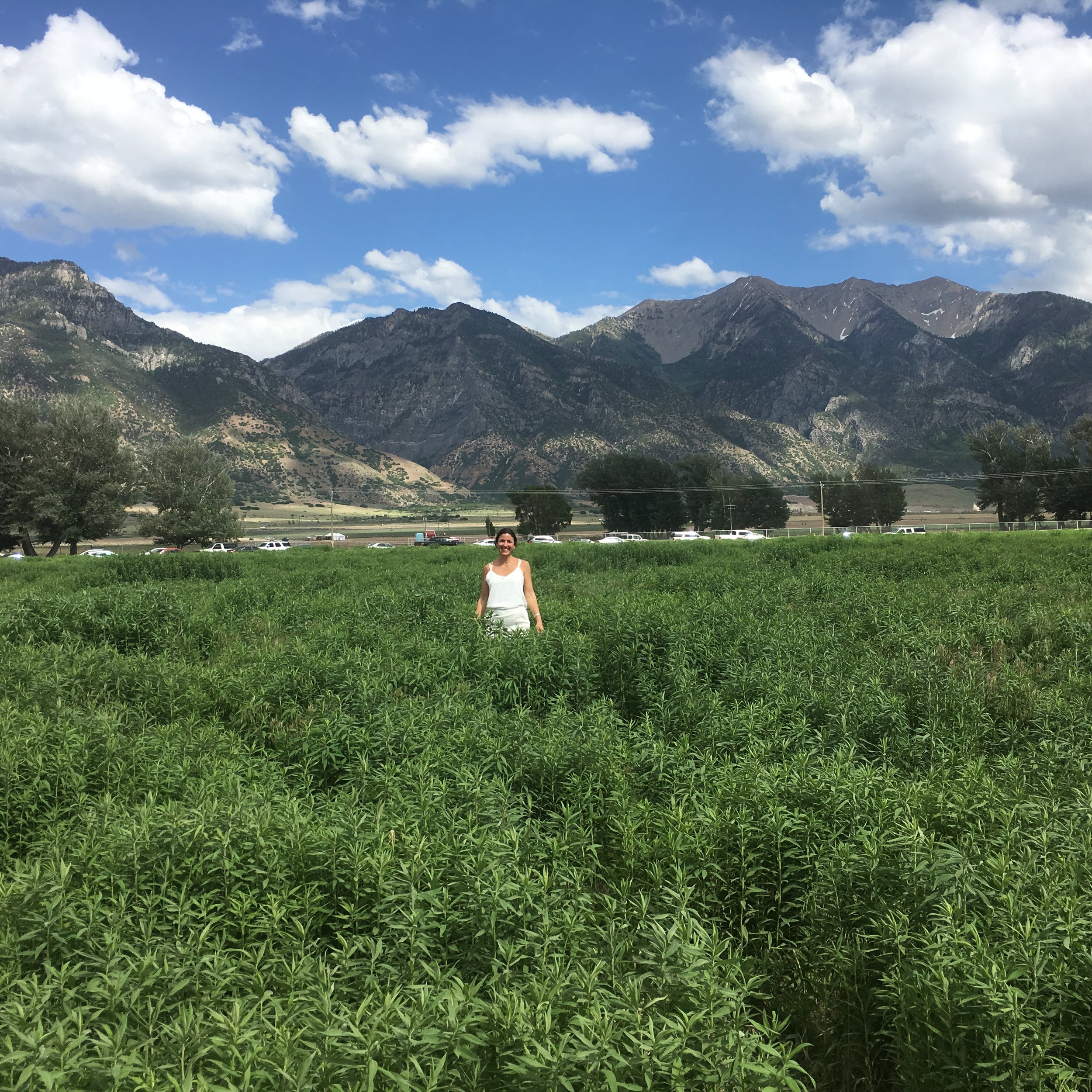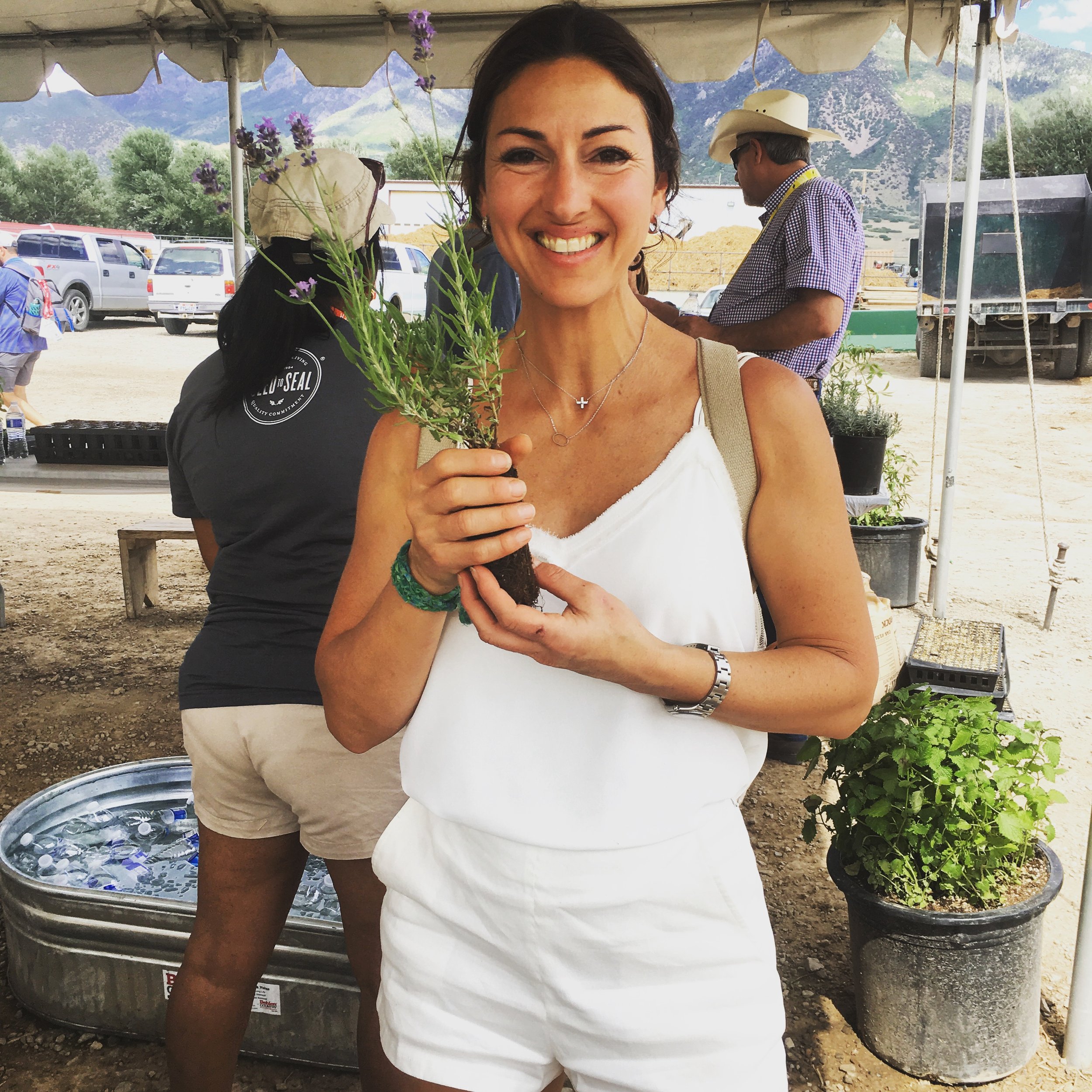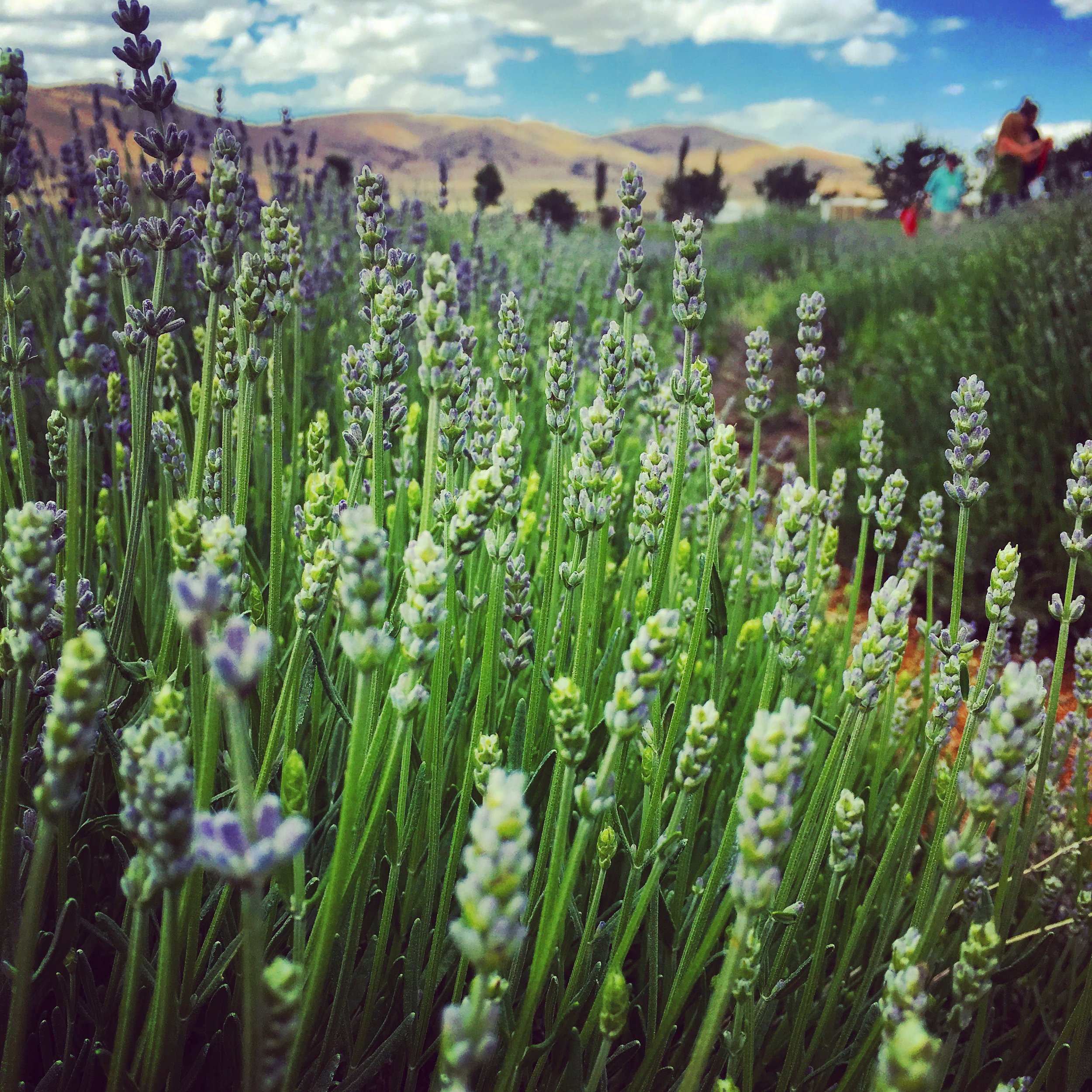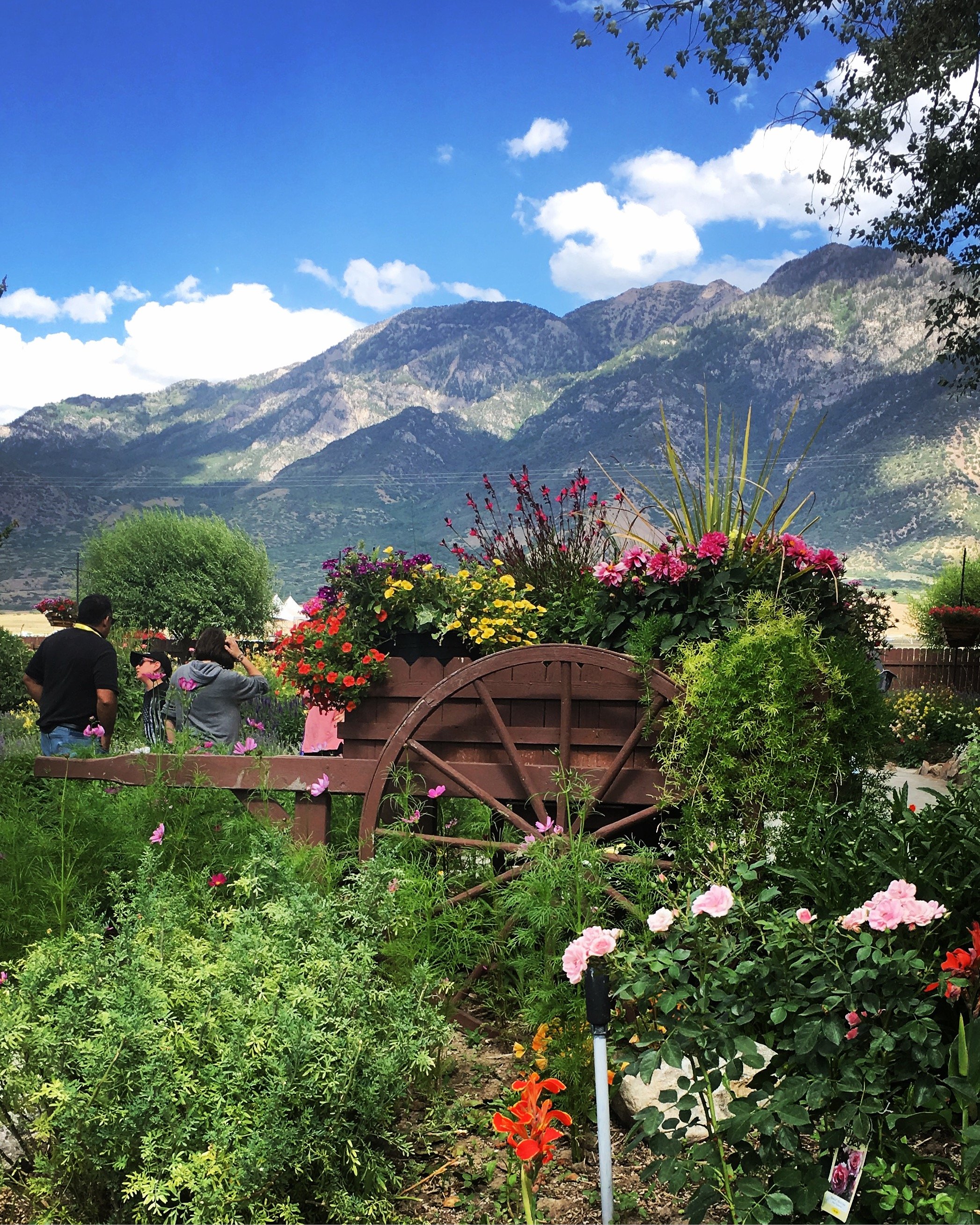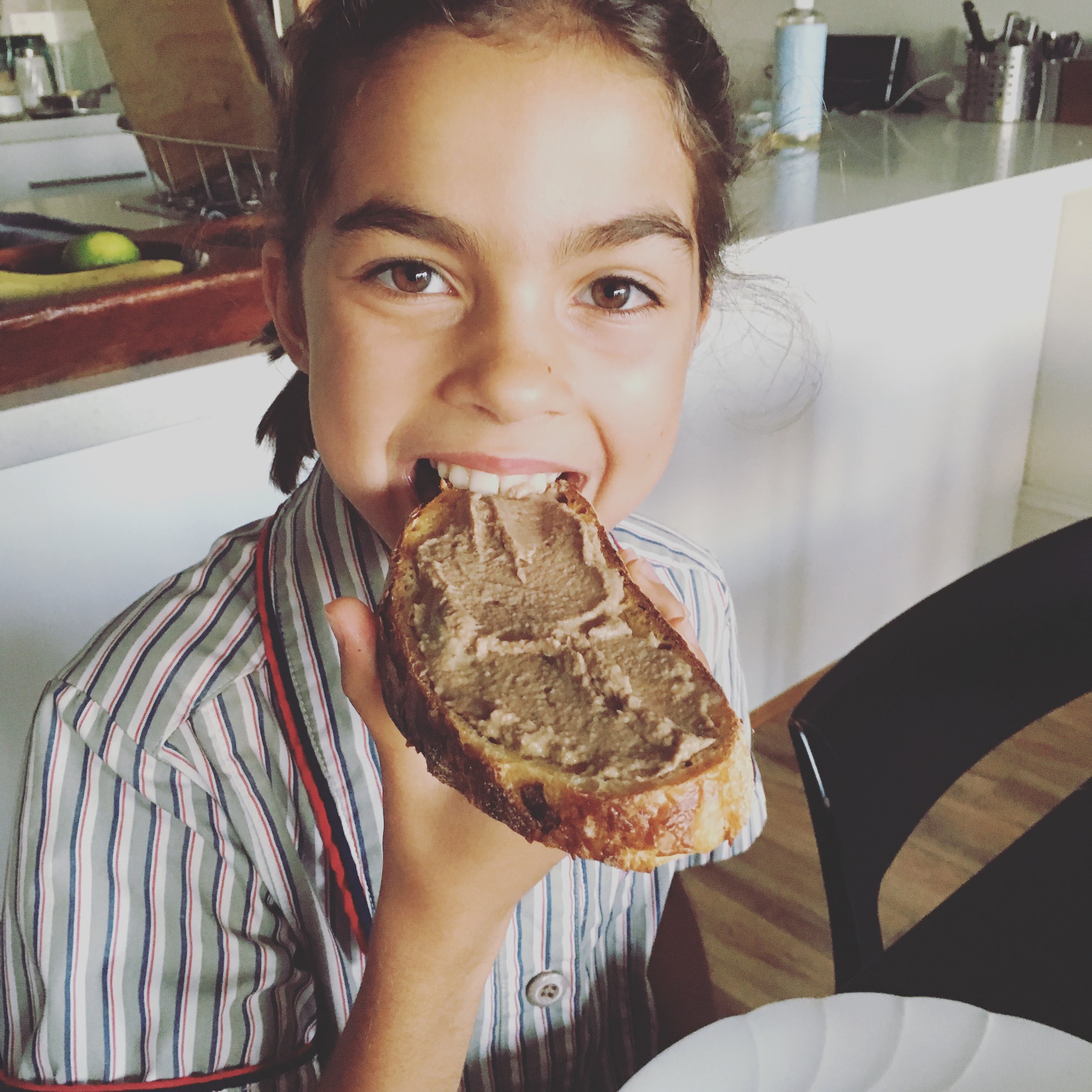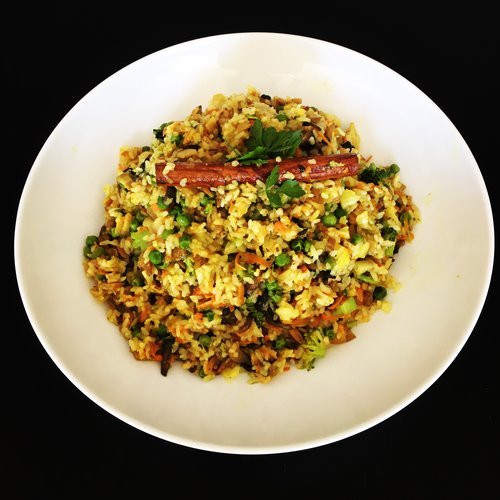Why I didn’t get therapeutic traction from any oil brands other than Young Living
Guest User
I had been using essential oils on and off since my early 20s before I stumbled across Young Living 2 decades later. I was what you would call an oils sceptic…thinking that oils were simply something that you burned in your house to smell nice or to use as perfume. It never dawned on me to use them medicinally or to ingest them.
Then I opened up a bottle of YL Thieves oils that a friend gave to me after a mould nightmare in my home and my hairs stood on end with full head to toe good bumps (my sign of truth). I was energetically drawn to that little bottle of Thieves like a month to a flame and simply had to get some more once it ran out. One oil turned into a starter kit a couple weeks later and I started using the YL oils over the coming months and years with some profound effects. I realised that they were different to anything else I had used before - they worked like medicine. I got genuine therapeutic traction from them in a way that I never got with other oils. They boosted my and my kids’ systems so we got sick less and recovered quickly, they fortified my emotional resilience, lowered my cortisol levels and improved memory function, clarity of thought and concentration. No matter what ill or issue presented (whether it was emotional or physical), I found myself saying “there’s an oil for that”. When I discovered that I was able to deal with all and any issues in my own home at any hour of the day or night without handing over all my power to external providers, well, at that point… the game changed. Profoundly. I became my family’s alchemist and healer and that touched something deep in my ancient DNA.
I went on a quest to determine what exactly makes YL oils so different to anything else on the market. After much research I discovered that YL has a “seed to seal” policy which basically means that YL is the only oils company that has full control over its processes and provides full sourcing and processing transparency from planting of the seeds, harvesting, distillation, testing and sealing of the bottle- end to end. This Seed to Seal policy makes YL unique and ensures unparalleled quality control and transparency. There is no other oils company that:
own its own farms (and even allows and encourages you to visit them!)
harvests the plants at their peak harvest time so they work like medicine
distills on site so the plants don’t lose their potency
does as much testing as YL (down to the parts per million)
provides total transparency end to end, from planting of the seed to sealing the bottle.
As someone who is extremely passionate about the provenance of our food and transparency with its source and processing, YL do exactly the same with their oils.
While all of the hundreds of steps and processes that go into the Seed to Seal process ensures unparalleled quality, 2 keys aspects that I like to highlight that appear to make a profound difference are:
YL harvests plants at their peak harvest time: there is a point in time when a plant is at its “peak” i.e. when all the chemical constituents (the naturally occurring compounds) are present in the oil at their highest and most consistent bioactive levels. When a plant is harvested at its peak harvest time, THAT’S when the chemical constituents of the plant are at their highest levels and hence the oil that is captured from the plant has true therapeutic qualities. Ylang Ylang for example is harvested at 2am because through trial and error YL discovered that that is that plant’s peak harvest time. Other oil brands will harvest when commercially convenient. Not YL. When a plants is not harvested as it peak harvest time, the oils might smell nice but it won’t provide the greatest therapeutic traction that a peak harvested plant will provide.
Unlike other oils brands, YL does not fractionate their oils. Fractionation involves skimming off the heavier, fattier, more pungent molecules on the top to provide for a sweeter smelling oil. Like skimming the cream off full fat milk, fractionation adulterates the essential oil and undermines the oil’s innate intelligence and therapeutic properties. This is why YL oils smell more rich, pungent and earth-like than the equivalent oil of other brands. The same oils in other brands smell sweeter (often sickly sweet like candy) because sweet smelling things sell well. But they don’t work as well.
Trust that when you purchase YL oils you are purchasing unparalleled quality therapeutic-grade oils and supporting a company that cuts no corners in setting the standard for the industry.
To purchase a YL starter kit and join our low tox community, simply fill out the contact form on this page of my website. We would LOVE to connect you to YL and support in your wellness journey every step of the way with our free comprehensive resources, personalised support and access to our vibrant community.
Love,
Soulla

